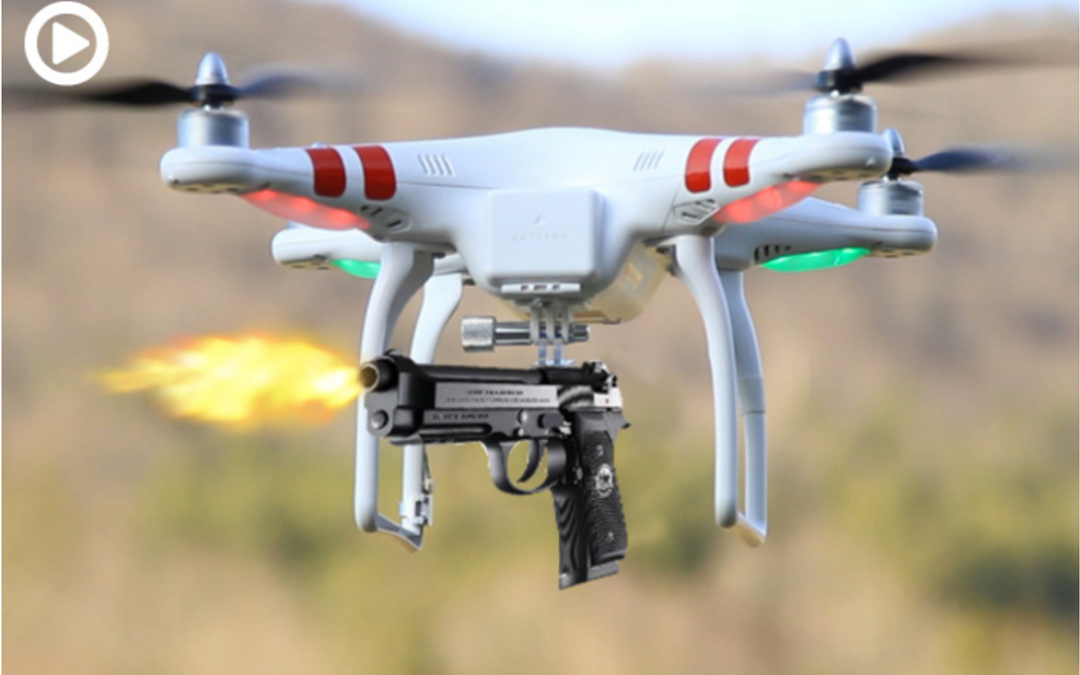Image: FullDrone.com
What’s new: Chinese company DJI, the maker of about 70% of consumer-grade drones, sent a software update last week removing default geofences from its products used in the United States.
Why it’s important: Geofencing had prevented these drones from flying near airports, the nation’s capitol, and other areas where drones are a significant safety or security concern. Removing the geofencing:
- Neutralizes some counter-drone measures. Spoofing to make a place “look like” an airport has long been used as part of measures to protect people and places from drones.
- Demonstrates the tremendous power the US has unwittingly place in the hands of DJI and the Chinese government/Communist party.
- It also demonstrates how the U.S. does not have its act together on either drones or PNT.
- Is another part of China’s overall efforts to sow chaos in the west and undermine our form of government.
What else to know:
- Notice they did not do this for drones operating in China, Russia, or elsewhere.
- Drones have struck and damaged aircraft. See for example here. This is a real danger that has just gotten a lot worse.
- We think this is a very bad, hostile, and dangerous move. We wonder what the leadership at X and Meta think about “placing controls back in the hands of drone operators.” Sounds very libertarian and populist.
- ABOUT THE IMAGE – Did it capture your attention? It is illegal in the U.S. to arm a drone. We understand it could subject a person to as much as a $25,000 civil penalty.

Latest Chinese Drone Update Could Cause Chaos Across U.S.
Chinese drone makers DJI announced a software update this week for operators in the U.S.: they are taking the guardrails off all their drones. From January 13th, the geofencing function which prevented the drones from flying in restricted areas such as airports and military bases will no longer operate.
Instead, when flying in a restricted area the drone will simply issue a warning message, “placing control back in the hands of the drone operators,” as the company puts it.


